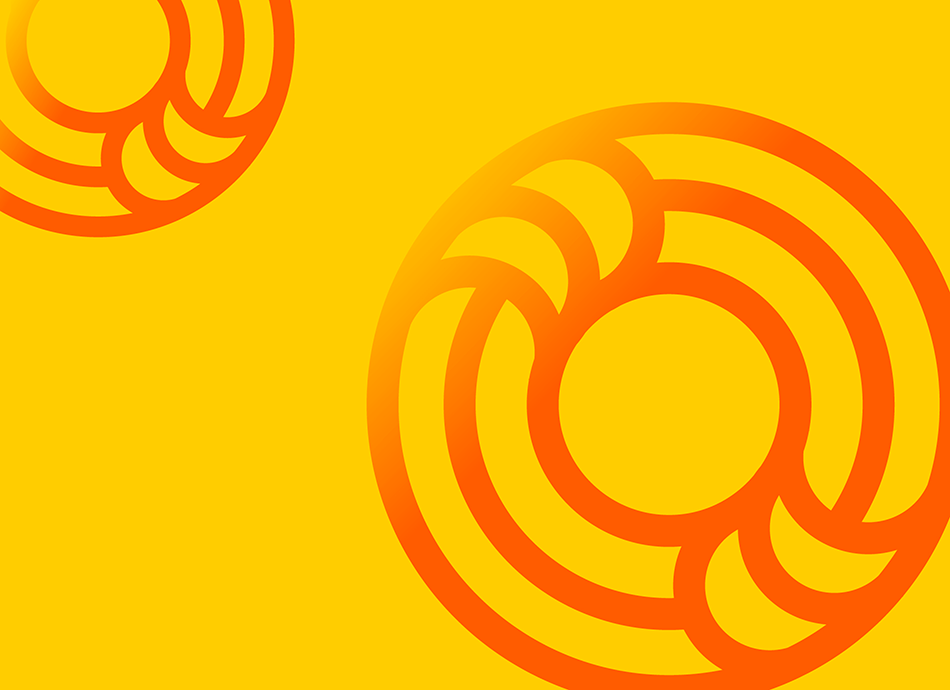| App | Features | Clinical score |
|
|
|
Clinical review coming soon |
|
|
|
|
|
|
|
Self-harm prevention apps – help me choose
There are a variety of apps aimed at supporting people at risk of self-harming. These apps differ in their features and functionality. Choosing between the apps is challenging because many of them have been developed without any input from healthcare professionals or undergoing objective assessment.
A study assessing the content of apps for self-injury used the following criteria to assess the quality of the apps:1
- Purpose of the app, such as providing education material, screening for self-harm and risk assessment, symptom tracking (such as tracking self-harm urges), supportive resources such as connecting users with support or therapeutic techniques to overcome urges, such as relaxation, meditation, exercises.
- App dispels myths about self harm, such as that people who self-harm have a mental illness, self-harm is a result of past abuse, self-harm is mainly an issue affecting young girls, people who self-harm are seeking attention, self-harm is just a teen fad and self-harm is not a serious concern.
- App offers coping tips that are recommended in non-suicidal self-injury treatment guidelines, such as motivational strategies, delay behaviours, reducing access to self-harm tools or strategies to reduce urge intensity.
- App offers acts to replace non-suicidal self-injuries that are not highlighted in treatment guidelines, such as the rubber-band technique, red marker technique or any other attempt to use pain to counteract an urge or difficult emotion.
While the authors did not recommend any apps, they did suggest that it is important that any self-harm prevention app must:
- emphasise and advocate for recovery (eg, convey a hopeful message)
- avoid triggering (eg, self-harm imagery) content
- moderate user discussions (if applicable) to guard against cyber-bullying
- provide recovery stories from those with lived experience
- offer guides about talking to others (eg, family and professionals) about self-harm
- include research-informed information, especially about coping strategies (eg, emotion regulation skills) as well as resources for crisis situations.




